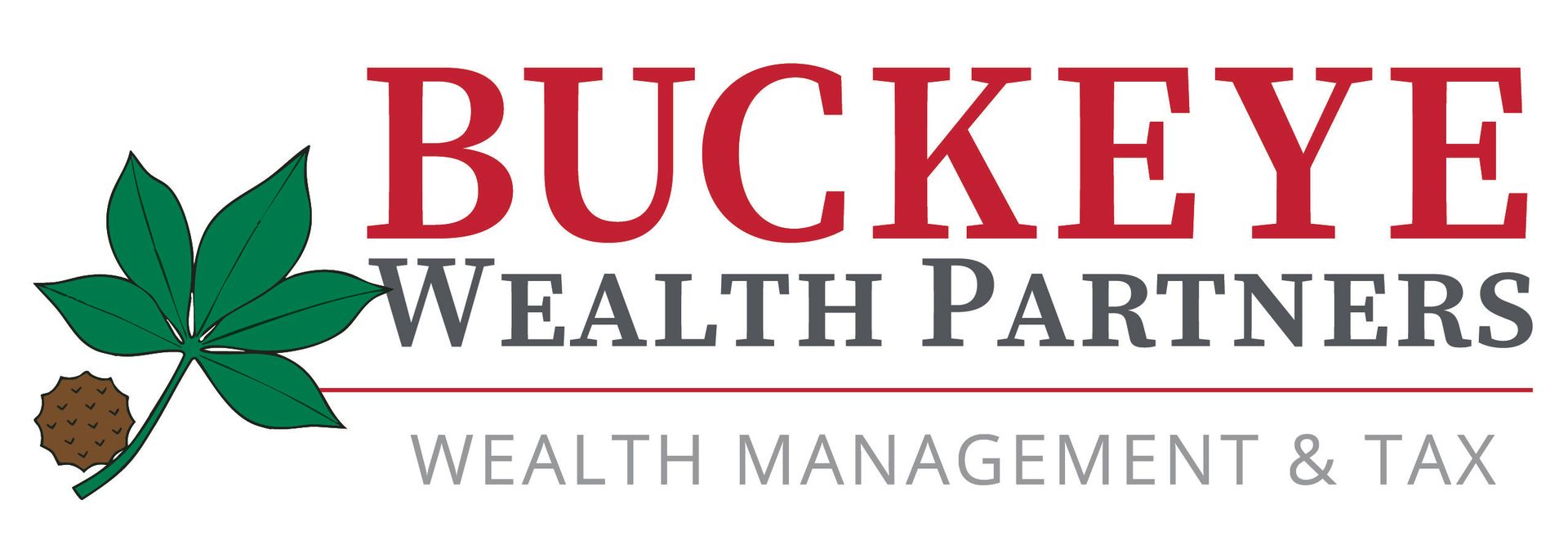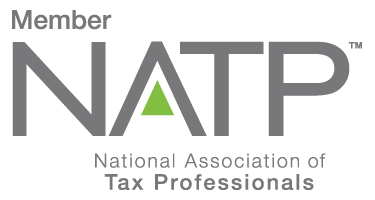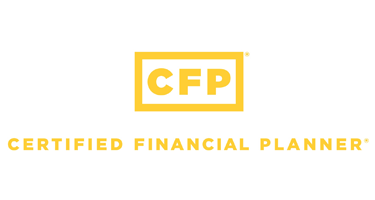Mid-Year Economic & Market Update
As we reach the midpoint of 2025, I would like to take a moment to share some of my thoughts on the financial markets and the broader economy. The wider economy, and thus the markets, are currently being driven by U.S. economic resilience, policy recalibration, and some structural transformations.
While the equity markets have hit new highs again, the underlying economic signals remain somewhat mixed. This mid-year update provides an overview of the key trends that have shaped the year up to this point, including inflation, labor markets, Federal Reserve policy, and global economic pressures, along with a look at how the markets have responded.
Economic Highlights – First Half of 2025
Inflation: Moderating, but Not Gone
The year kicked off with inflation gradually easing after 2022. By June, the overall CPI had stabilized at around 2.7% compared to last year, while core inflation (excluding food and energy) was slightly higher at 2.9%.
Although this shows a noticeable improvement from the peaks of recent years, some persistent elements—such as housing, services, and insurance—have prevented inflation from dropping faster. Plus, recent tariffs have sparked worries that inflation may rise again in the second half of the year.
Labor Market: Slowing but Still Solid
The labor market remains relatively healthy, but signs of cooling have emerged:
- Monthly job creation has decelerated from early-year highs.
- Job openings have declined gradually, especially in manufacturing and logistics.
- Wage growth has moderated to ~3.8% YoY, reflecting reduced pressure on employers.
According to the Fed’s Beige Book , many companies are increasingly turning to automation and AI instead of hiring more staff. This trend might lead to changes in employment in the future.
Fed Policy: Shifting Toward Easing
The Federal Reserve entered 2025 with a "higher-for-longer" posture, holding rates steady through Q1. However, as inflation cooled and growth moderated, sentiment shifted:
- By mid-year, markets have begun pricing in one to two rate cuts by year-end.
- Fed Governor Christopher Waller and other policymakers have signaled openness to a July cut, citing reduced inflation risk and labor softness. (Reuters)
- Political commentary regarding the Fed's independence has surfaced, but monetary policy decisions remain data-dependent.
Trade & Industrial Policy: A New Era of Onshoring
Global trade tensions have resurfaced this year, as the U.S. proposed new tariffs on certain Chinese imports, prompting trading partners to issue retaliatory threats. Despite all the headlines, however, markets have recovered from the initial shock and responded with a calm and cautious approach.
- The so-called “TACO trade”—the belief that threats will soften before materializing—has kept investor anxiety in check.
- Domestically, there's bipartisan momentum around industrial policy, focusing on sectors like EVs, semiconductors, clean energy, and critical minerals.
This policy pivot aims to strengthen U.S. supply chains and reduce reliance on foreign inputs, though the transition may carry additional short-term costs.
Market Performance – 1st Half - 2025
Despite facing some economic challenges, U.S. equities had a fantastic first half of the year! This was thanks to strong earnings, exciting AI innovations, and hopes for the Fed to eventually lower interest rates.
Index YTD Performance (as of July 22) Key Drivers
S&P 500 (SPY) +7.94% - Broad tech strength, resilient earnings
Nasdaq-100 (QQQ) +10.07% - AI enthusiasm, and megacap outperformance
Dow Jones +5.45% - Underperformed on industrial and bank softness
It's worth noting that AI-related fields, such as semiconductors, cloud infrastructure, and robotics, have historically provided some of the highest returns. Even more conservative sectors, such as healthcare, have seen positive movements, indicating that a larger portion of the market is actively participating.
Sentiment & Behavioral Trends
Consumers
- Confidence remains stable but cautious, with Michigan sentiment index hovering in the low 60s. (Wall Street Journal)
- Inflation expectations are still elevated (~4.4% for 12 months), showing persistent anxiety about prices.
- Spending patterns show strength in services and travel, but softness in discretionary goods.
Businesses
- Firms are investing in technology and process automation, prioritizing efficiency over headcount.
- Hiring is more selective, and wage pressures are easing.
- Supply chain costs remain a top concern, especially in energy-intensive and imported materials.
Looking Ahead: 2nd Half - 2025 Themes to Watch
1. Federal Reserve Policy Path
Will the Fed proceed with rate cuts? A lot will hinge on the upcoming inflation and employment reports. Both markets and investors will be paying close attention to the July FOMC meeting and the August CPI release.
2. Earnings Season Volatility
Solid earnings helped boost the first half's performance; however, if Q3 results fall short or operating margins decrease, higher valuations may come under pressure.
3. Tariff Implementation Risks
If the proposed tariffs are fully implemented, it could lead to a rise in inflation expectations, which might make the Fed’s easing strategy more challenging and could also impact consumer sentiment about the economy.
4. AI Investment Boom
The productivity improvements that AI promises are starting to appear in earnings. Companies are likely to increase their investments in automation, chip infrastructure, and cloud services, which should further accelerate growth.
Mid-Year Takeaways
- Markets are ahead of the curve, pricing in a “soft landing” with inflation easing and economic activity holding firm.
- Risks persist, particularly in areas such as policy missteps, trade friction, and persistent inflationary pressures.
- Innovation is driving growth, with AI and industrial strategy reshaping corporate investment and employment decisions.
- Fed policy is pivoting, but the pace and impact of rate cuts remain uncertain.
Final Thoughts
As we enter the second half of 2025, finding the balance between optimism and caution will help guide our investment decisions. While markets have cheered on risk-taking this year, lasting success will rely on stable macroeconomic conditions, transparent communication from central banks, and businesses’ ability to adapt swiftly to the ever-changing economic landscape.
We are closely monitoring inflation trends, Fed signals, and updates within specific sectors—especially in technology and industrials—as we move through the year.





